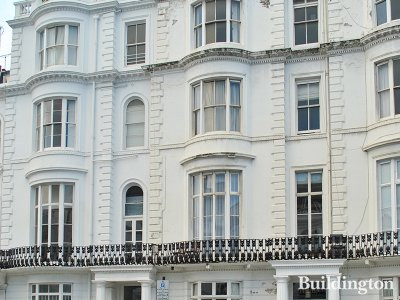The Evolution of Gloucester: History, Developments and Future Prospects

Introduction
Gloucester, a city located on the River Severn in the south-west of England, has been a significant location since its establishment in Roman times. Its strategic position has made it a centre for trade and commerce, while its rich history reflects the cultural evolution of the region. Today, Gloucester stands at a crossroads of historical heritage and modern growth, making it a focal point for residents and visitors alike.
Historical Significance
Founded as a Roman fort under the name “Glevum”, Gloucester boasts an impressive historical tapestry, showcased by landmarks such as Gloucester Cathedral, which dates back to the 11th century. The city was also pivotal during the English Civil War, serving as a parliamentary stronghold. With its well-preserved architecture and rich stories, Gloucester attracts historians and tourists seeking to explore its vibrant past.
Recent Developments
In recent years, Gloucester has seen significant investment that aims to blend its historical assets with modern amenities. The “Gloucester Quays” redevelopment has transformed the old Docks area into a thriving retail and leisure destination. This project underscores the city’s drive to attract new businesses and visitors while providing locals with enhanced facilities. This revitalisation has resulted in increased footfall, benefiting both small businesses and larger retail chains.
Moreover, the city’s culture has expanded through various community projects promoting the arts, including regular markets, food festivals, and the annual Gloucester History Festival. These initiatives not only celebrate local talents but also forge stronger community ties, contributing to a sense of belonging among residents.
Future Prospects
Looking ahead, Gloucester is poised for further growth. The regeneration plans for the railway station and surrounding areas signal a commitment to enhancing the city’s transport infrastructure, making it more accessible. Additionally, as part of the local government’s strategy, there are proposals for sustainable housing developments that address the demand for homes while prioritising environmental considerations.
As a city that harmoniously blends its rich history with contemporary aspirations, Gloucester appears set to emerge as a model for other regions seeking to balance heritage with modernisation. Visitors and residents alike can expect a dynamic environment that celebrates the past while eagerly anticipating future developments.
Conclusion
In a world where history often clashes with the rapid pace of development, Gloucester stands out as a city that respects its heritage while embracing change. For those interested in exploring a Place with a unique blend of the old and the new, Gloucester presents a fascinating case study, making it a worthy destination for exploration and investment alike.









